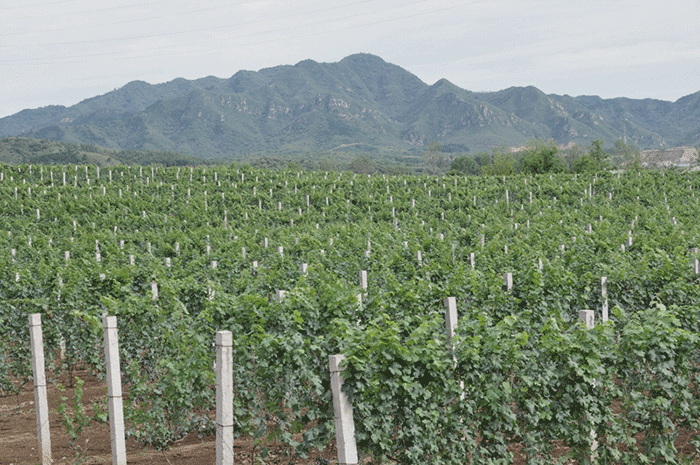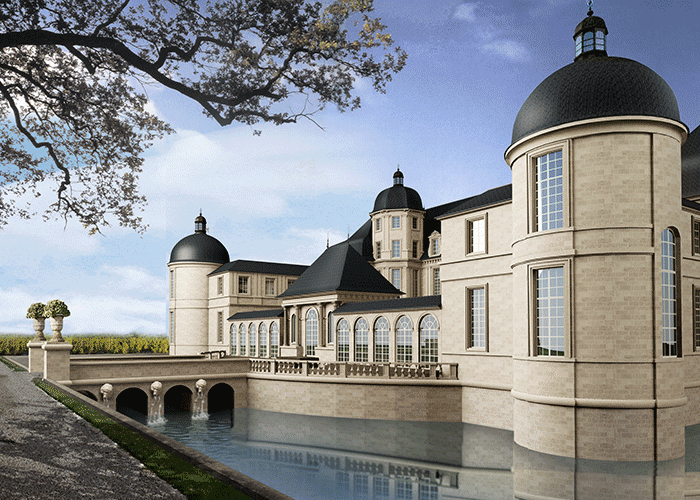Chinese red wine: an auspicious choice
Author: Berry Bros. & Rudd
Thinking about Chinese New Year, we often reflect on the traditions that it embodies: homes are swept from top to bottom and decorated with flowers and plants to symbolise rebirth and the approach of spring. It’s a time to honour ancestors, while celebrating happiness, wealth and longevity with family and friends.
While there are dishes that are associated with Chinese New Year, there isn’t a traditional drink. However, as wine has become an increasing part of the culture in Asia, the more it appears on the table during large and festive family gatherings.
So which style of wine is best to choose? During Chinese New Year brightly coloured red decorations can be seen everywhere, the colour designed to ward off evil spirits. So red wine could be considered an auspicious wine to drink – and what better wine to select than one made in China itself?
Changyu Moser XV is a partnership between the giant Changyu wine company and Lenz Moser, 15th generation (XV) of a 1,000-year-old wine heritage. Berry Bros. & Rudd in Hong Kong are distributing its Bordeaux-inspired red wine made from 90 percent Cabernet Sauvignon and 10 percent Merlot.
Having recently visited Ningxia and tasted the wine on the ground I can highly recommend it. 2008 Changyu Moser XV has a lots of distinct blackcurrant and black fruit character with hints of licorice and spice, well balanced with ripe velvety tannins and a nice clean finish. It is an excellent quality wine when compared to other wines from China. Priced at HKD390, it is comparable in price to a 5th growth Bordeaux – Ch. Du Tertre of Margaux or Ch. Batailley of Pauillac to name two examples.
Ningxia wine region is located 880km west of Beijing, near the border of Inner Mongolia and is the mid-point between Shanghai on the east coast and Kasakstan to China’s west. Sitting at 1,100m altitude Ningxia’s wine region is unique: the land was made from the Gobi desert’s hills, so vines are mostly planted on sandy, alkaline soils which can leave often lack important nutrients such as zinc and copper.
Its highly continental climate can see winter temperatures drop down to -25C, necessitating the burying of vines each winter, which in turn limits their life to about 15 years. The rugged Helen Mountain range protects the area from cold northerly winds, providing a growing season which averages around 160 days. The season often ends abruptly with the arrival of autumn frosts, at which point the Cabernet Sauvignon and Cabernet Gernischt (thought to be the same variety as Carmenere) may not be fully ripened. Working through these challenges to achieve quality wines are a range of local and international winemakers: Chinese, French and Australian.
Currently there are 34,000ha of vines, and the goal is to double this figure over the next 10 years. Needless to say, there is no doubt that the wines of China, and in particular Ningxia will grow in terms of quality, perhaps establishing new wine drinking traditions at celebratory occasions such as Chinese New Year in the not too distant future.




